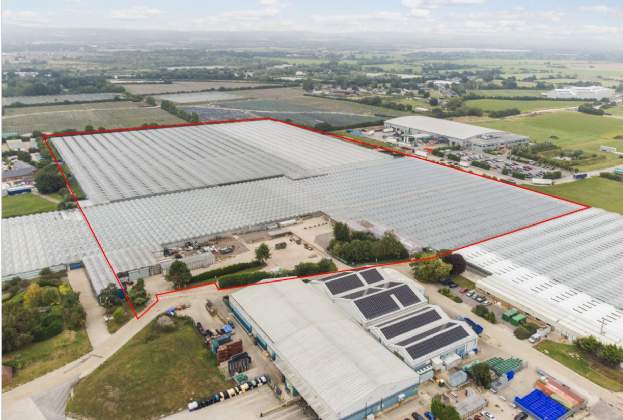It is estimated that 15.6 million of us in the UK regularly take part in sport: around 1.85 million people play football, 196,000 participate in rugby union, and 180,000 play cricket on a weekly basis. These participants make use of facilities owned by communities, schools and local and professional clubs and businesses.
In Britain, there are fewer sports grounds than there once were. This is primarily because they provide attractive development opportunities, often being in built-up areas well positioned for housing development. Over 10,000 playing fields were sold between 1979 and 1997 and since then successive governments are reported to have sold around 20 per year. Local authorities are under financial pressure to dispose of assets with community sports facilities, one area in particular that has felt the squeeze.
However, it isn’t all bad news. According to Sports England, the Government body, out of all concluded planning applications between 2014 to 2016 that involved a playing field, around 91 per cent involved improved or secured sporting facilities.
Sports England has also produced guidance for clubs and community groups to help them take action if they are concerned their sites are at risk of being sold for development, mothballed or closed. Additionally, a local sports pitch, pavilion, sports halls or swimming pool can become listed as an Asset of Community Value to protect them from development. Local authorities are also becoming more interested in promoting the right for communities to bid to buy the facility or agree to a transfer it to them, thus reducing their running costs.
Sports grounds can have their values calculated in a number of ways, depending on the asset, its use and location. Approaches can include the investment method, which employs the property’s potential to generate future income to determine the market value, or the comparable method which uses assets with similar characteristics to judge the value.
Where the property is generating a profit, the business’s gross profits can be calculated and then any expenses incurred when running it are deducted. A multiplier is applied to the fair maintainable operating profit and a value is arrived at
Looking to the future, sports grounds will continue to be popular with communities as they provide a hub for people to meet, socialise and keep fit. Determining their value will remain a constant discussion due to the varying uses of the facilities and the addition of any special status as we have discussed above. However, one thing is for sure: demand for open space and a meeting place in a community will always remain high.
Further information
Read more: Aspects of Leisure
.jpg)


.jpg)

.jpg)

.jpg)
.jpg)
.jpg)
